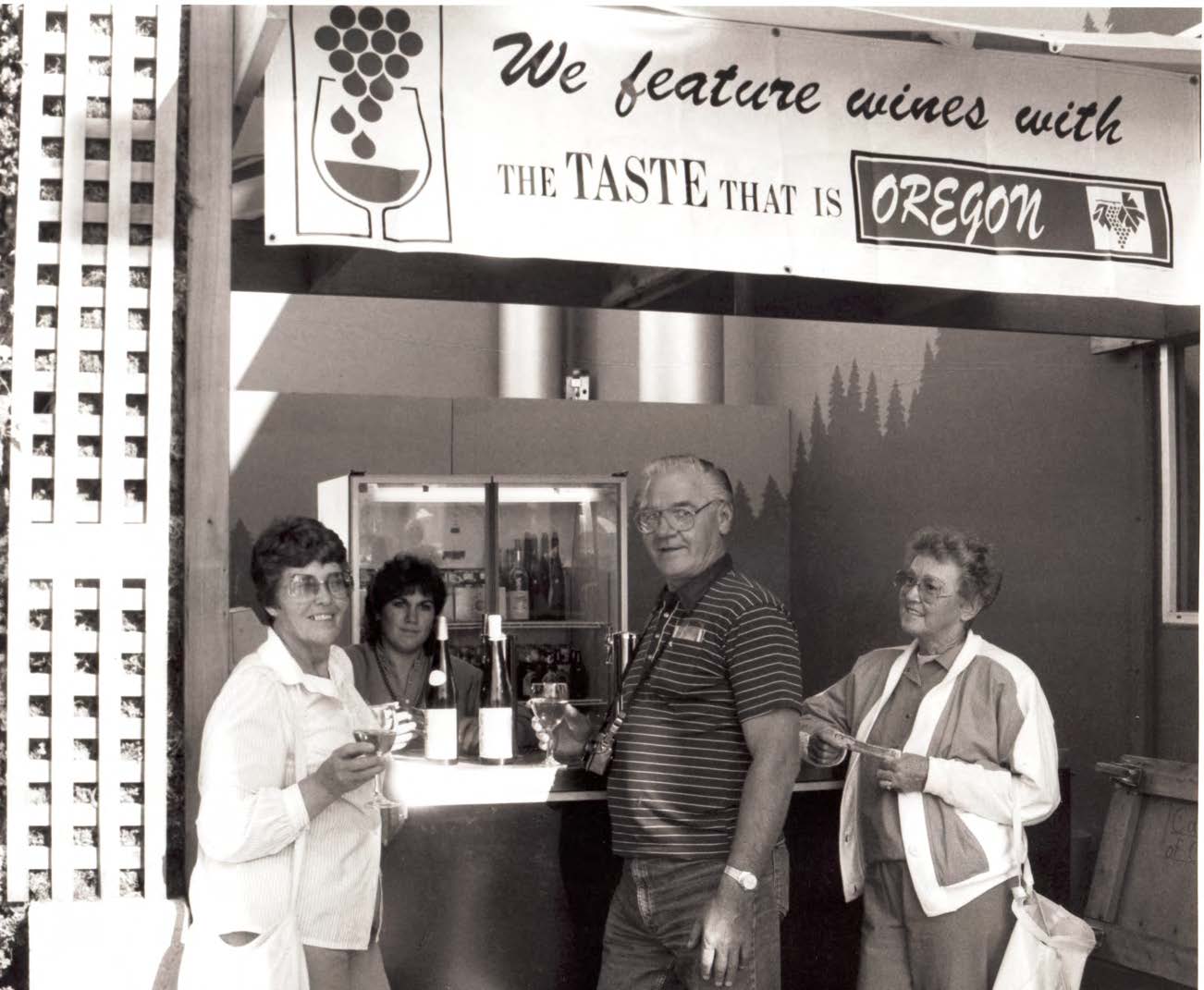The Columbia Gorge is a 40-mile region encompassing pieces of Washington and Oregon that frames the Columbia River, roughly 60 miles east of Portland, Oregon. This area includes two American Viticultural Areas (AVAs): the Columbia Gorge AVA, and part of the Columbia Valley AVA, both established in 2004. While viticulture in the area dates back to the late 1800s, it wasn’t until the 1970s that post-prohibition growers began to experiment with different varieties and locations, leading to the bustling wine industry seen today. This area is fondly referred to as “a world of wine in 40 miles.”
The region earned its nickname due to the unique topography creating a wide range of climates (from high desert in the east to cool, wet climates in the west) and soil varieties, allowing for the successful growth of a wide range of different grapes. The predominant varieties in the area include Pinot noir, Syrah, Pinot gris, and Riesling.
For more information, please refer to the Oregon Wine Board's regional information sheet, or the Columbia Gorge Winegrowers Association website.
This collection is the result of oral history interviews with Washington and Oregon wine industry members in the Columbia Valley and Columbia Gorge AVAs. Content includes video interviews, photographs, and documents. This project was supported in part by Linfield College's partners: Oregon Wine Board and The History Museum of Hood River County.
Browse the Oregon Wine History Archive – Columbia Gorge and Columbia Valley Collections:
Browse All Columbia Valley and Columbia Gorge Oral History Interview Photos
Browse All Columbia Valley and Columbia Gorge Oral History Interviews
Charles and Della Henderson Collection
- Mt. Hood Winery Image Galleries
- Oral History Interview: Steve Bickford, Don Bickford, and John Stehlik


